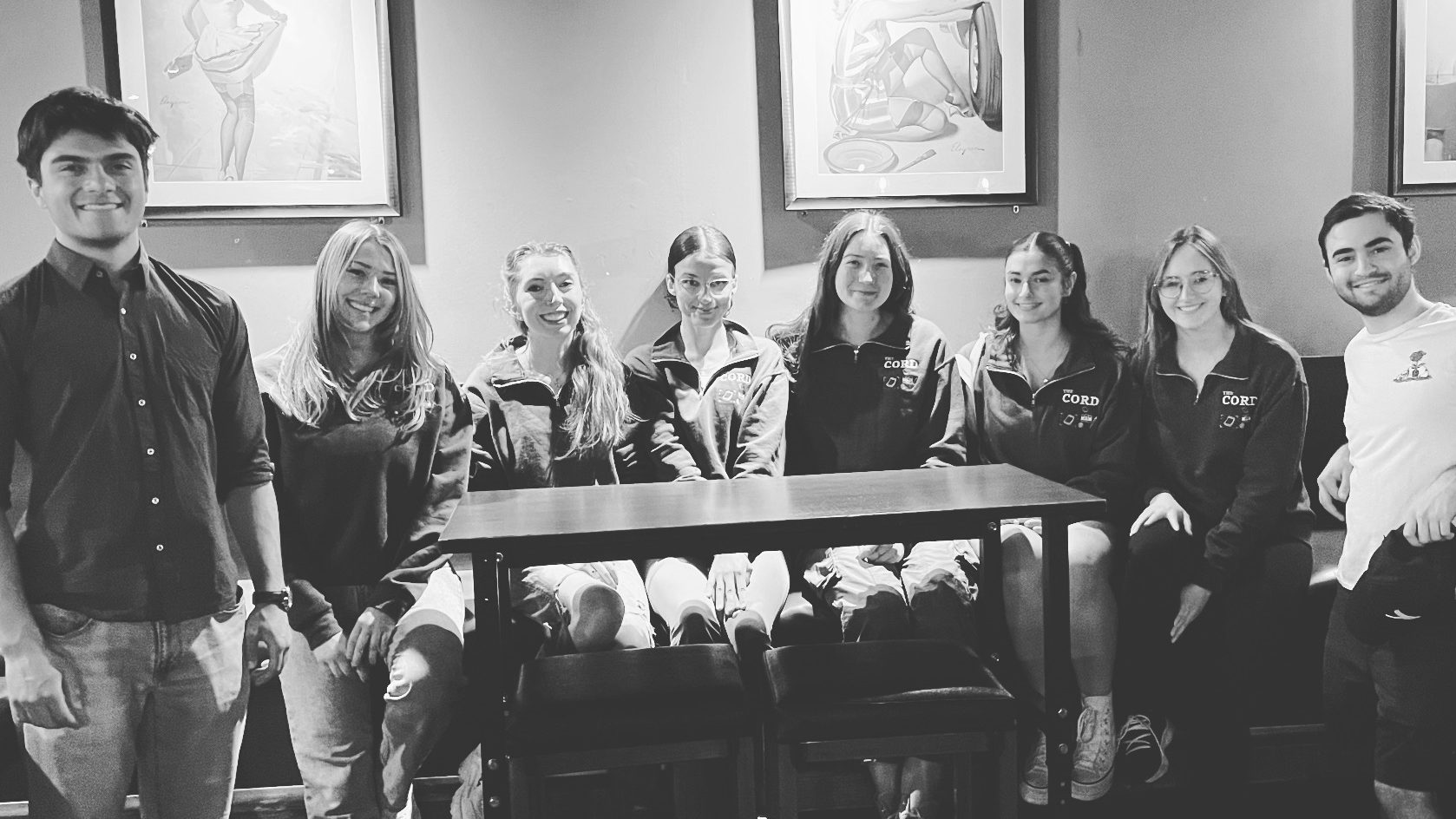On Nov. 12, GO Transit, with support of the provincial government, announced they will be expanding their rail service from Georgetown to Guelph and Kitchener-Waterloo. The project that stands to cost $18 million is anticipated to be running by the end of 2011.
“There are a lot of people travelling the 401 right now mainly because they can’t get good rail connections and the bus service doesn’t suit them as well as trains might,” said Ken Seiling, chair of the Region of Waterloo.
“[GO Train service] provides the exact alternative we need to remove the single rider vehicles from the road,” added member of provincial parliament (MPP) for Kitchener-Connestoga Leeana Pendergast. “And it offers an alternative of course that is safer for the riders and for the environment.”
The rail expansion plans come shortly after an announcement that the province will halt a long and protracted project to expand the stretch of Highway 7 between Kitchener-Waterloo and Guelph. Seiling sees GO Rail service as an unrelated development which likely won’t fill the need for an expanded highway. “I’m not sure how much traffic will be taken off the highway by the GO service, because it really depends on the transition in Guelph for people going back and forth. Sometimes it’s easier to drive.”
The trains are expected to be running along an additional 54 kilometres of track that Metrolinx, the managing organization for GO Transit, will be expanding. This project however, is a scaled back version from the initial plans that were based off an environmental assessment of the region in 2009.
Seiling commented that the service is likely “more geared towards people going back and forth into Toronto or the Toronto area,” which could lead to an increase in commuters and make the region more attractive to students and home owners.
“It also not only is it part of the Open Ontario Plan, but it also makes the Region of Waterloo more accessible so if people are thinking of taking a job … or looking to come to live in our area and for students at the universities it means that they can get themselves from Toronto much easier, faster, safer,” said Pendergast.
GO bus service was brought to the region in October of 2009 and saw great success – which Pendergast said contributed to the decision to increase service to rail.
“The fact that the bus service was estimated to be around 9,000 a month and now it’s at over 20,000 rides indicates there’s a demand for service into the Greater Toronto Area,” said Seiling.
“They had originally proposed to do 4 trains a day with 2 additional stations, a layover near Baden and another station in Breslau,” Seiling explained. “With the provincial cutbacks, rather than cancel the whole thing they decided to go ahead and do two runs per day. Two in the morning going out and two coming back later in the day with a temporary layover stay in Kitchener.”
Though not privy to Metrolinx’s plans for the future, Seiling assumes continued development will be contingent upon commuter demand. “I think if ridership increases and line improvements get done they want to expand the service and I suspect that once the trains are used more and more there’ll be more of a case for it and they’ll add more trains to the line,” he said.
Pendergast said the implementation of GO rail lines, which should be completed by the end of 2011, may have the same effect of increased ridership as busses have had in the last year, echoing Seiling’s assumption that train runs could be increased in the future.







